Products: Free Space Optics (FSO)
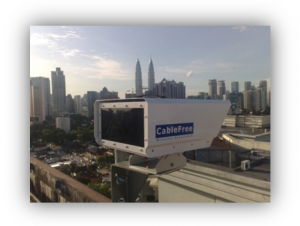
CableFree: Wireless Excellence has pioneered reliable, carrier-class Free Space Optics (Optical Wireless) equipment, with thousands of commercial deployments in diverse markets since 1997. We hold the longest track record of commercial FSO vendors, and widest global deployment. Our CableFree range of FSO products include advanced features such as ATPC to overcome high fade in adverse conditions, Industry-leading link margins for reliable performance at long range, and proven stable beam optical design. CableFree FSO products reflect a deep understanding of the challenges of FSO transmission and ensure best-in-class performance and availability.
CableFree FSO Product Range
CableFree Gigabit
Offering world-beating performance, CableFree Gigabit Free Space Optics supports data rates from 622Mbps to 1.5Gbps with interfaces for Gigabit Ethernet or Fibre Channel for Storage Area Networks
![]() PDF Datasheet
PDF Datasheet
CableFree Gigabit CPRI
CableFree Gigabit CPRI Free Space Optics supports data rates at 1.22Gbps with CPRI interfaces connection to 4G/LTE Base Station Infrastructure for “Front-Haul” applications
![]() Please Contact Us for full data on CPRI solutions
Please Contact Us for full data on CPRI solutions
CableFree Access
Designed initially for the rigorous telecoms market, CableFree Access FSO is upgradeable from 1 to 155Mbps – a rugged solution wherever T1, E1, 10, 100 or 155Mbps connections are needed
![]() Please Contact Us for information
Please Contact Us for information
CableFree 622
CableFree 622 Free Space Optics supports data rates from 1 to 622Mbps and is available in 500, 1000 & 2000m configurations. Upgrade between 10, 100Mbps, ATM-155, 622. Integrated 10/100+E1/T1 voice & data connections are supported
![]() Please Contact Us for information
Please Contact Us for information
Advanced Features
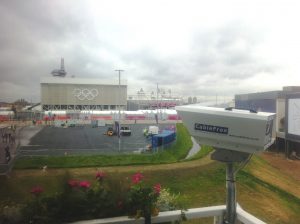
CableFree FSO (Free Space Optics) links include advanced carrier-class features including:
- Automatic Transmit Power Control (ATPC),
- Upgradable removable network interface modules,
- Precision Optics with precise factory calibrated beams
- Advanced Optical Filtering Elements
- 1 to 3 solid state laser devices (depending on model)
- Solid State Peltier effect Laser Cooling (3-laser and high power models)
- Sophisticated FSO Software Management platforms
- FSO Link alignment tools
These features combine together to ensure ease of installation and high-availability networking in all conditions.
![]() PDF Datasheet ATPC
PDF Datasheet ATPC
![]() PDF Datasheet FSO Alignment Tool
PDF Datasheet FSO Alignment Tool
![]() PDF Datasheet FSO Manager Software
PDF Datasheet FSO Manager Software
![]() PDF Datasheet Smart Agent
PDF Datasheet Smart Agent
Applications
CableFree FSO links are used in thousands of mission-critical customer networks worldwide, with diverse applications including 4G/LTE Backhaul, CPRI Fronthaul, 3G and 2G Networks, Corporate Networks, Finance, Energy, Oil and Gas Exploration, Power Utilities, Education, Healthcare, Broadcast with HD-SDI Video, Perimeter Security and CCTV Networks
CableFree FSO Installations
Request More Information
For further information on the range of CableFree wireless networking products:
Please Contact Us:
More information on FSO technology
Free Space Optics (FSO) is a technology that uses laser beams via a line of sight optical bandwidth connection to transfer data, video or voice communications across areas ranging typically from 100m to a few kilometres at throughput bandwidths up to 1.5Gbps at frequencies above 300GHz of wavelengths, typically, 785 to 1550nm. Using Free Space Optics wireless networks eliminates the need to secure licensing found with RF signal solutions and also the expensive costs of laying fibre optic cable; principally the concept of transferring data via light is the same as with fibre optics just through a different medium.
The basis of Free Space Optics communication is rather straightforward with a pair of transceiver units housing an optical receiver and transmitter, allowing the sending and receiving of data simultaneously, and an optical source with a focusing lens. The unit at one location transmits a beam of focused light carrying the information directly at the unit at the receiving location where the light beam is then transferred to an optical fibre from a high sensitivity receiver.
Advantages of FSO
Free Space Optics solutions offer various advantages of normal RF signal wireless networks such as:
- Free Space Optics does not suffer from radio frequency interference or band saturation
- License free operation
- No software needed on client devices
- Very high security level operation: FSO is certified in Governmental and Defence applications for transferring confidential and classified information
- Inside installation is possible and it unaffected by operation through glass
Typical Free Space Optics Applications
Free Space Optics Wireless Networks can only operate as Point-to-Point links between 2 units, however, when combined with LAN or WLAN networks they can provide very effective solutions to many scenarios such as:
- Provide a bridge between WLAN-to-WLAN connections on campuses at Fast Ethernet or Gigabit Ethernet speeds to cater for many subscribers simultaneously
- Provide a bridge between LAN-to-LAN connections in a city between enterprise buildings that need to have reliable, high throughput networks
- Create a wireless link across an area in which you do not have physical access to
- Fast service delivery of high speed access to optical fibre, core networks
- Service Provider backhaul to carry large amounts of data between the client network areas and the core network.
- Converged Voice-Data Connections
- Temporary WLAN network setup and installation for events such as conferences
- Quickly re-establish high-speed network connections after incidents (i.e. disaster recovery)
- FSO can be installed as redundancy systems to provide fall back, fail safes for critical operations that require network access
Performance
Free Space Optics provides speeds comparable to those of optical fibre connections with the flexibility and practicality of being part of a wireless network providing bandwidth speeds typically advertised as up to 10Mbps, 100Mbps, 155Mbps and 1.5Gbps, with possible speeds of up to 10Gbps becoming likely in the future, plus the potential of being able to use WDM (Wavelength-Division Multiplexing) technology. Currently, the only other wireless technology capable of these kinds of speeds is Millimeter-Wave RF Wireless Networking which, in comparison, requires licensing and can affected severely by rain. Due to the received beam being transferred onto an optical fibre to connect to the core network, trouble free integration and easy set up make Free Space Optics networking’s compatibility with any system very high.
Free Space Optics wireless network ranges are typically found to be between around 100m and 2km but due to the nature of the signal strength being directly affected more by atmospheric conditions over increasing distance, the shorter the range between the two unit locations the higher the performance and availability of the connection will be
Challenges for Free Space Optics
Technical Discussion & Difficulties
FSO is generally deployed well above ground – typically in rooftop locations. This is the opposite for fibre / fibre optic cable, which is typically installed under road or street level. Therefore very different challenges are presented when considering Free Space Optics performance with the biggest being atmospheric conditions. However, most drawbacks and shortcomings can be resolved through the inclusion of redundancy systems and correct wireless network planning.
Humidity, Water Vapour & Fog
Unlike rain and snow, – which generally has little effect on Free Space Optics communication -fog and water vapour droplets are a real hindrance to the operating performance. The small water droplets can at points completely stop the light beams from being received due to light absorption, refraction scattering or even complete reflection which can significantly lower data rates. Therefore in foggy areas, Free Space Optics may not be the best solution, however applications have been successfully carried out that have provided acceptable reliability with redundancy systems in place. The following five points listed all refer to the signal attenuation caused by atmospheric conditions.
CableFree has pioneered Automatic Transmit Power Control (ATPC) to automatically increase transmit power and link budget during “fade” conditions which radically increases the link performance and availability.
Signal Absorption
Water vapour molecules in the air absorb the energy from photons (light particles) within the light beam which causes an overall loss in power density. The use of spatial diversity and correct system power helps combat this effect as absorption is more common at certain wavelength ranges of light.
Signal Scintillation
Fluctuations in signal strength can be caused by variations in temperature of air pockets between the transmitter and receiver due to natural differences or objects such as buildings etc. This effect, know as refractive turbulence, causes image dancing or blurring of the signal at the receiver end which results in amplitude loss.
Beam Wander
Beam wander or jitter is the amount that the centroid or peak value of the beam strength profile moves with time and can be caused by turbulence resulting in the beam becoming unfocused.
Signal Scattering
Scattering occurs when certain wavelengths experience collisions with objects and are redistributed in varying directions without energy loss (unlike absorption). Scattering is more likely to have a more frequent and larger effect over long distances where it can have a significant effect on beam strength.
Beam Spread
Beam spread, or more technically called beam divergence, is measurable angular effect of the beam’s dissipation at a constant rate as it travels further through the atmosphere.
Line-of-Sight Obstructions
Due to light not be able to travel through opaque mediums, objects such as birds, planes and people can momentarily cause interruptions to the service by blocking the Free Space Optics’ light beam, with service resuming instantly when the light path is cleared. Multi-beam technology can be used with compatible systems to try and counter this problem.
Unit Location Movement
Building sway due to wind can be a problem as it disrupts the alignment between the two transceiver units causing loss of signal. Divergent beam technology can be used to allow the units to communicate in these situations but performance is still slightly affected.
Safety
All Free Space Optics technology is strictly controlled to make sure that standards are followed to limit any dangers. All CableFree FSO systems are certified to be Class 1M, which is safe to the naked eye. Our Free Space Optics units are of low enough power not to cause long term harm when the laser is exposed to a person’s eye, however as with all optical emitters of all types, precautions should be taken so that prolonged exposure never occurs if possible.
Technology Overview
Please follow links to related pages to CableFree Free Space Optics:
- Introduction to Technology of Free Space Optics
- FSO Guide
- History of Free Space Optics
- Free Space Optics and Laser Safety
For Further Information:
For further information on the range of CableFree wireless networking products:
Please Contact Us
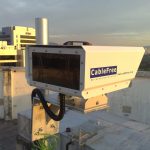
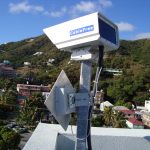
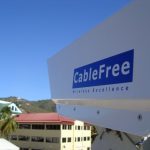
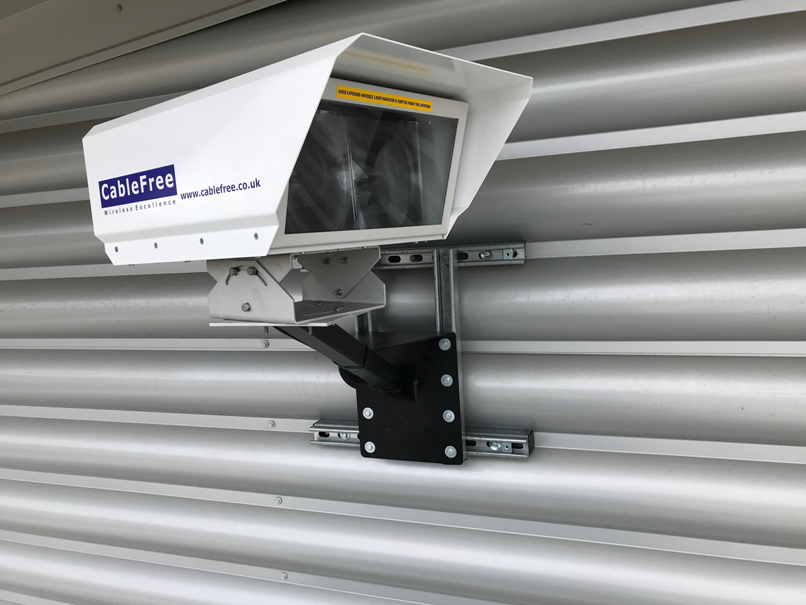

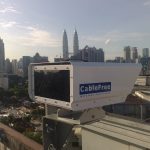
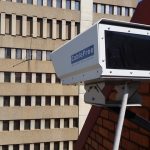
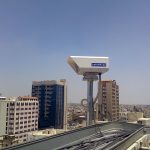
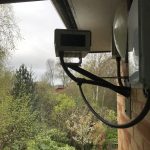


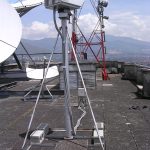
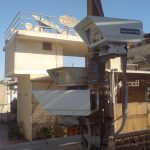
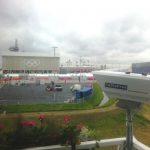
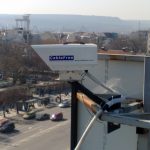
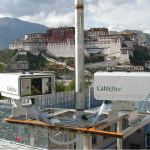

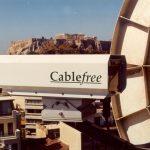

You must be logged in to post a comment.